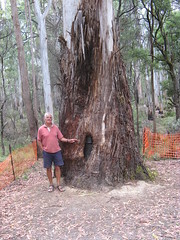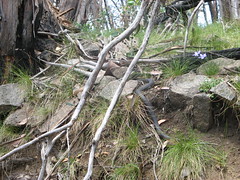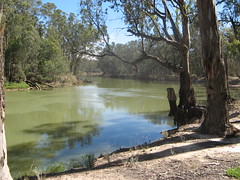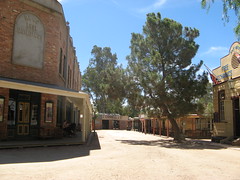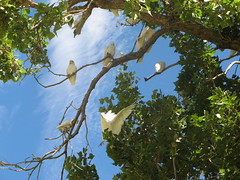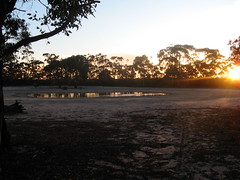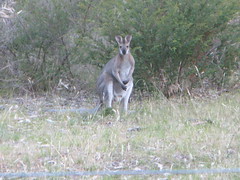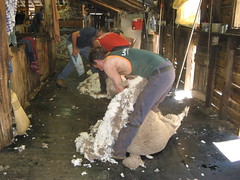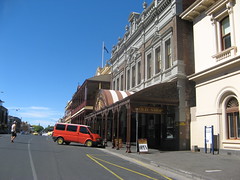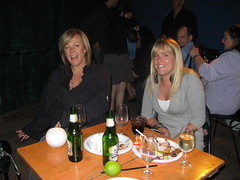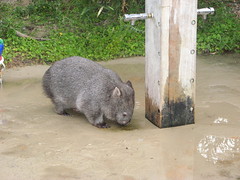 |
| A thirsty wombat in 43 degrees! |
We went to collect the tyre, but the inner tube was shredded and he didn’t have a replacement, so we had to go to Sale to get it changed. We didn’t leave until 12.30 p.m. and drove to Yarram for lunch and then on to the small village of Port Albert to look at the interesting Maritime Museum. We had a look at Port Newport where there was a small marina and then drove to Wilsons Promontory which is the most southern point of Australia.
The weather was just as hot today - 43 degrees Celsius is about 107 degrees Fahrenheit! The radio was constantly giving advice on how to stay cool, look after animals, and reporting fires. By the end of the day over 200 trains had been cancelled due to lines buckling and the air-conditioning not working. There was also a report that the road next to Tony’s street was closed because a power line was down and on fire. We had no phone signal, so we couldn’t contact him.
We camped at the campsite at Tidal River and went for a walk in the evening when it had cooled a little. We saw a wombat drinking from a puddle formed by a dripping tap – the first live wombat I have seen that wasn’t in a zoo! Norman Beach is beautiful and the boardwalk walk along the river led through the wetlands where there were black cockatoos, herons, teal and ducks.
WILDLIFE: Live Wombat, Crimson Rosellas, Black Cockatoos





